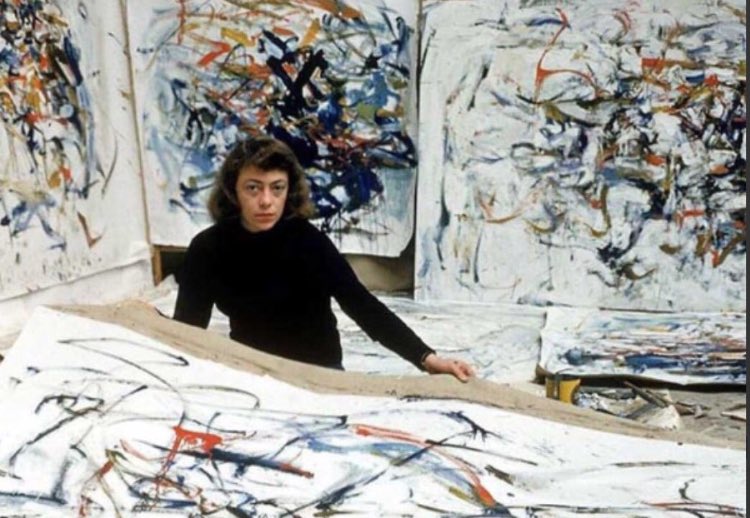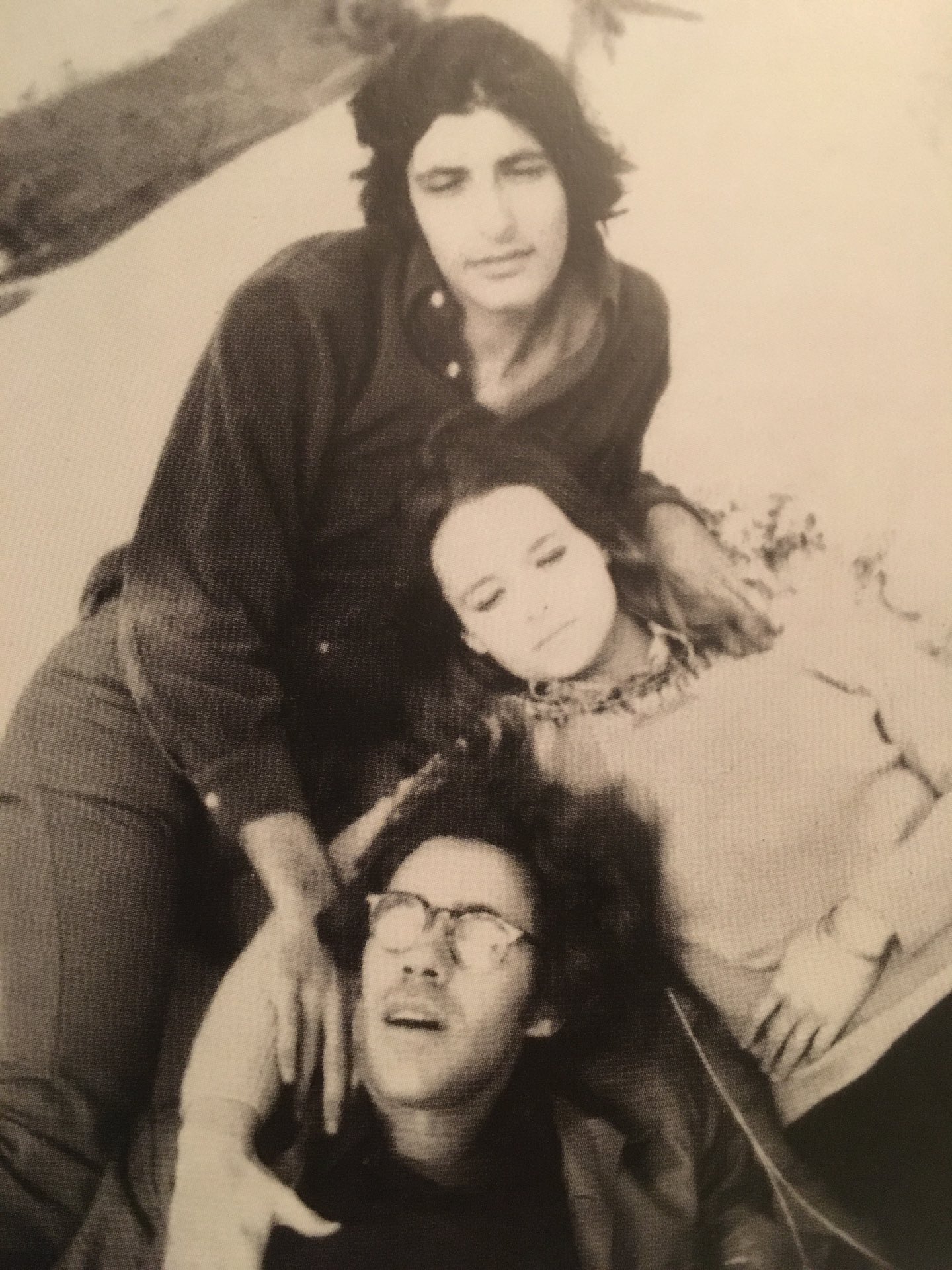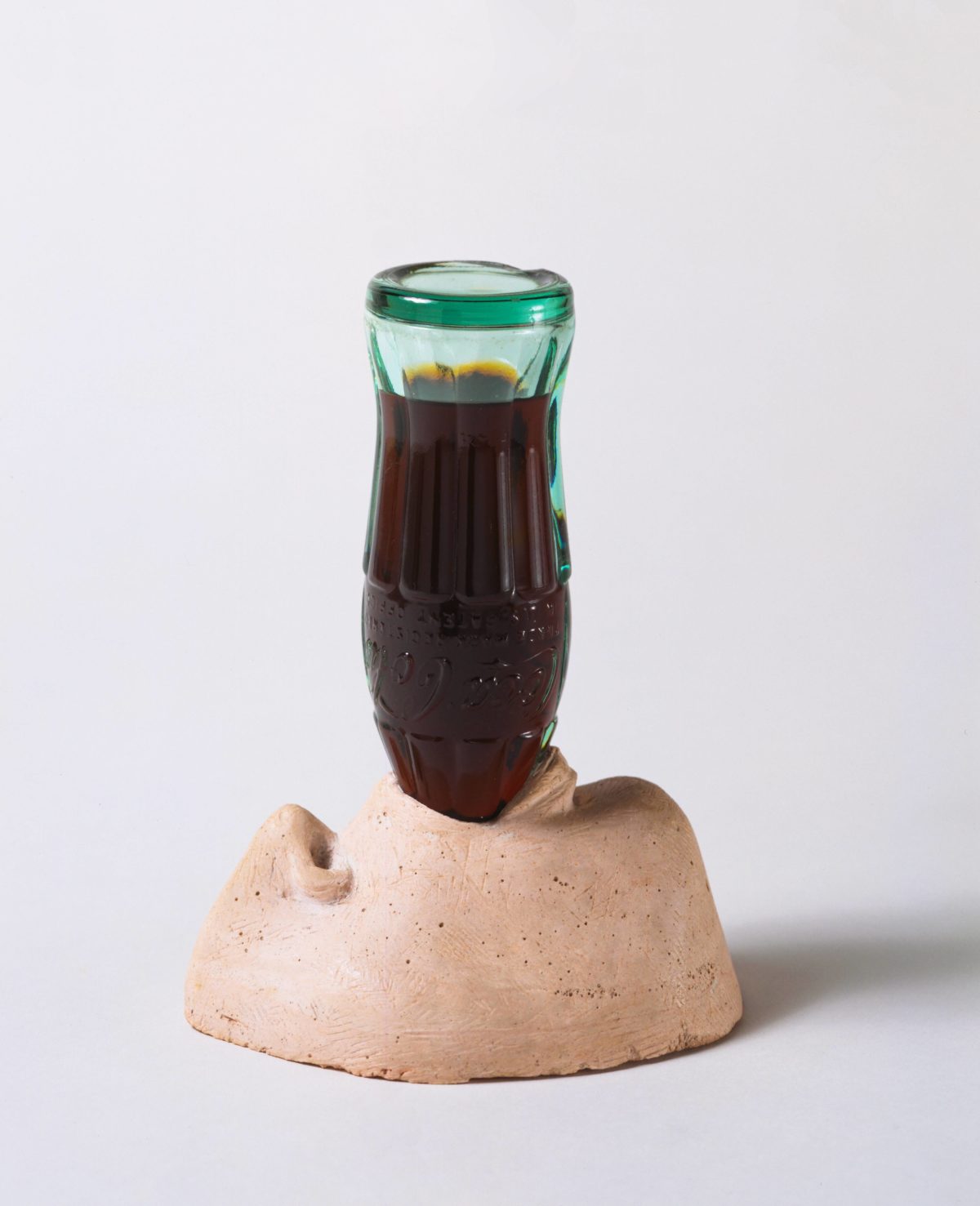Here is one of my semi-regular roundups of recent links and news related to the New York School of poets. (Previous roundups can be found here).
- In exciting news for fans of the late John Ashbery, the first posthumous collection of Ashbery’s work was published this summer by Farrar, Straus and Giroux. With a preface by Ben Lerner and a in-depth and insightful introduction by editor Emily Skillings, Parallel Movements of the Hands: Five Unfinished Longer Works “gathers unpublished, book-length projects and long poems written between 1993 and 2007, along with one (as yet) undated work, to showcase Ashbery’s diverse and multifaceted artistic obsessions and sources.” The book has received thoughtful and interesting reviews, which often delve into the “unfinished” nature of these works, by Ange Mlinko (TLS) and Rowland Bagnall (LARB), Alberto Morillo (Poetry Foundation) and others. You can also find video of a panel discussion and reading from the book here, which featured Skillings along with Farnoosh Fathi, Adam Fitzgerald, Michael Silverblatt, Dara Wier, and John Yau, and another here, which featured Skillings along with Kamran Javadizadeh and Rosanne Wasserman, moderated by Mandana Chaffa.
- John Ashbery’s very own typewriter has found a home in the Woodberry Poetry Room at Harvard University (which is, of course, the poet’s alma mater). In order to welcome one of his treasured possessions, the Woodberry invited registered visitors to write their own poems on the poet’s own Royal KMM during designated “Lunch Poem” sessions from 1:00-3:00pm on Wednesdays this fall. (Note that this program has proven to be overwhelmingly popular, and the sessions are now booked for the rest of the fall 2021 semester. The Woodberry will announce more opportunities or Winter-Spring 2022 shortly).
- And who wouldn’t want to have “Adventures with John Ashbery’s Typewriter”? A special event will be held today (Wednesday, November 17) in honor of the arrival of Ashbery’s typewriter — a workshop (in person and live-streamed on Zoom) hosted by Ashbery biographer Karin Roffman and Emily Skillings. “The dynamic duo will discuss the poet’s writing process and present several ‘exercises in not making sense,’ as well as some writing/collaging experiments that Ashbery concocted for his students.” More info on how to register here.
- The scholar and poet Walt Hunter wrote about John Ashbery’s work for Modernism/Modernity’s Print Plus forum on “Process.” Hunter’s piece is about “poetry that tries to make sense of sharing time together as it passes,” and for that he turns to Ashbery, noting that “a kind of realism works underneath Ashbery’s poems that gets less credit than his gentle, elegiac postmodernism. The poem cannot restore the time of its individual pieces, but it can give us the repeated experience of that time by offering sample after sample, present after present.”
- The writer Ada Calhoun, who previously wrote a book about the cultural history of St. Marks Place in New York, has a new book coming in June 2022, which will be of interest to readers here – entitled Also a Poet: Frank O’Hara, My Father, and Me, the book is a memoir about Calhoun’s father, the celebrated art critic (and erstwhile New York School poet) Peter Schjeldahl, and their shared love for the work of Frank O’Hara.
- Charles North published En Face, a lovely new limited-edition collaboration with the painter Trevor Winkfield (the third collaboration the two have done together). The book features 8 poems by North alongside 6 of Winkfield’s images. Winkfield said that “Rather than illustrate Charles’s poems, I wanted my images to act as their accompaniment, my hope being not to overwhelm the words, but literally to stand beside them, en face, as poems and their translations often do.”

- The exciting surge of critical attention to Bernadette Mayer continues — Post45 published a terrific cluster of essays devoted to Bernadette Mayer in their Contemporaries series. Edited by Kristin Grogan and David B. Hobbs, the gathering includes pieces on many different aspects of Mayer’s work by Amy De’Ath, Kay Gabriel and Jo Barchi, Diane Hamilton, Tausif Noor, Gillian White, and others.
- The Whitney Museum and the Philadelphia Museum of Art teamed up to present a major retrospective exhibition of the work of the 91 year old Jasper Johns. The show has received a great deal of attention and praise – including this review by Peter Schjeldahl in the New Yorker (“Jasper Johns Remains Contemporary Art’s Philosopher King”).
- Another major exhibit provoking the highest of praise is the big retrospective at the San Francisco Museum of Modern Art devoted to the work of Joan Mitchell, a central figure in the New York School circle. For some of the recent commentary on the show and Mitchell’s distinctive genius, see Tausif Noor in the New York Times, Jed Perl in the New York Review of Books, and Bridget Quinn in Hyperallergic.
- SF MoMA has been posting lots of interesting materials and articles related to the Joan Mitchell exhibit on Facebook, including this gem — Frank O’Hara’s inscription in Mitchell’s copy of Lunch Poems, on display in the exhibit (“for Joan, for saving
Abstract Expressionismeverything”).
- As the Mitchell show demonstrates, the previously undersung Abstract Expressionist women painters continue to generate excitement and attention, on the heels of the success of Mary Gabriel’s group portrait, Ninth Street Women. The art historian Alexander Nemerov recently published a biography of Helen Frankenthaler (Fierce Poise: Helen Frankenthaler and 1950s New York), which Adam Gopnik reviewed for the New Yorker back in April. Other reviews can be found here, here, and here.
- The Tibor de Nagy gallery in New York is currently showing “Larry Rivers: Works on Paper from the 1950s and 1960s” (from October 23 to November 27), the artist’s 15th solo exhibition at the Tibor de Nagy and the first at the gallery’s new location at 11 Rivington Street. An interesting piece about Rivers’ work during this crucial period, including his relationship with Frank O’Hara, by David Joel, Executive Director of the Larry Rivers Foundation, can be found here.

- The Milton Resnick and Pat Passlof Foundation in New York is presenting another show of interest — “True Fictions: Jane Freilicher and Thomas Nozkowski: True Fictions,” curated by Eric Brown. The exhibit will run from November 5 to February 26, 2022 and a catalogue featuring essays by Brown and Barry Schwabsky will accompany the exhibition.

- Todd Haynes’s highly anticipated and excellent documentary The Velvet Underground — which focuses extensively on the Warhol scene and the experimental film, music, and art world of the New York avant-garde of the 1960s — was released on Apple TV+ to acclaim and a long stream of reviews. For more on the Velvet Underground and Lou Reed and New York School poetry, see here and here.

- Alice Notley recently gave a sold-out reading at the Poetry Project in New York, and a recording of the reading can be seen here.
- And speaking of recent Notley readings — the very sad news this week that the beloved poet and painter Etel Adnan has passed away at the age of 96 reminded me of this wonderful Zoom reading (hosted by the Woodberry Poetry Room) that I attended last fall at the height of the pandemic, which brought together Adnan with Alice Notley for a very memorable and moving event:





























